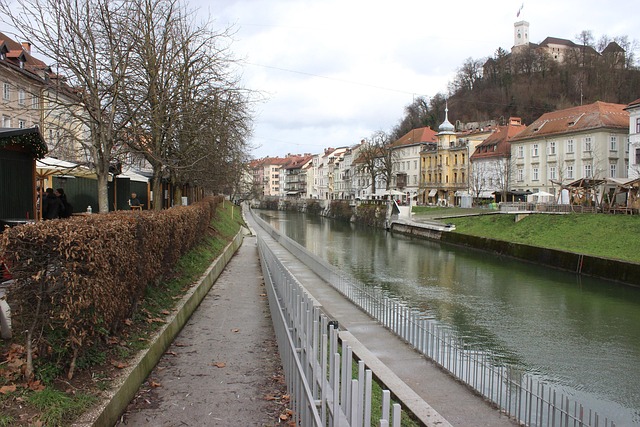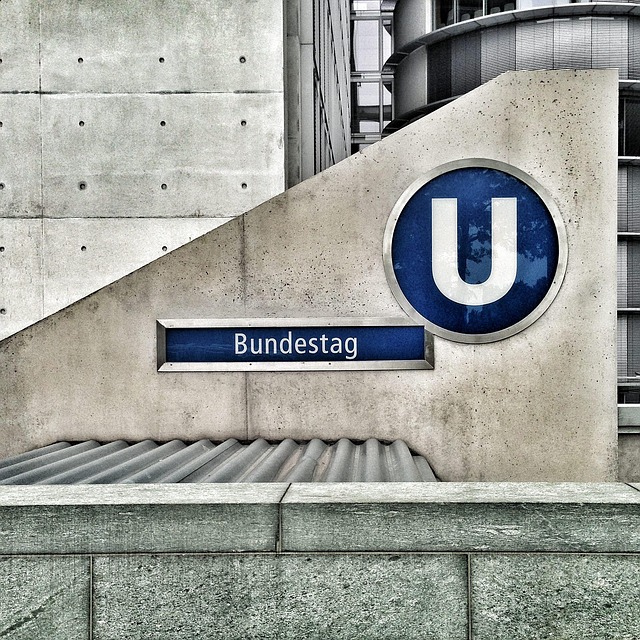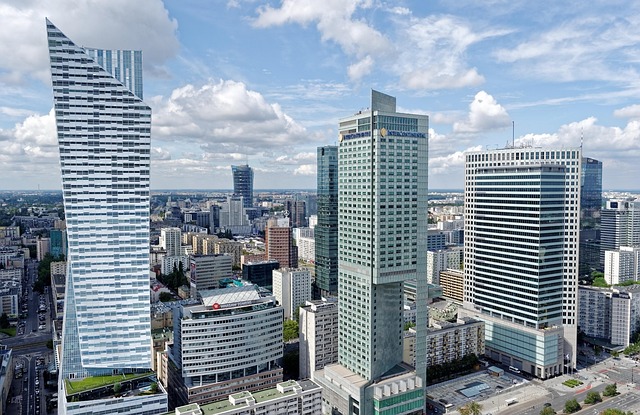Karachi residents leverage the Air Quality Index (AQI) as a powerful tool against air pollution, accessing real-time updates through online platforms and apps. This simplifies complex data, empowering citizens with insights into environmental conditions. Historical AQI data guides proactive health decisions and fosters collective awareness crucial for tackling the city's air quality challenges. To dramatically improve air quality in Bahria Town, Karachi, a multi-faceted strategy is needed including increased green spaces, sustainable urban planning, strict emission standards, advanced monitoring technology, community engagement, education on eco-friendly habits, policy changes promoting clean energy and electric vehicles, and stringent industrial waste management regulations.
Karachi, Pakistan’s bustling metropolis, faces significant air quality challenges, with Bahria Town, a prominent residential and commercial area, not immune. This article delves into the complex world of the Air Quality Index (AQI) in Karachi, exploring factors that impact the air we breathe in Bahria Town. We uncover strategies to improve and monitor air quality, offering insights for residents and authorities to navigate this pressing environmental issue in the heart of the city. Understanding these key aspects is vital for a healthier Karachi.
- Understanding the Air Quality Index (AQI) in Karachi
- Factors Influencing Air Quality in Bahria Town, Karachi
- Strategies to Improve and Monitor Air Quality in the Area
Understanding the Air Quality Index (AQI) in Karachi

In Karachi, understanding the Air Quality Index (AQI) is crucial for gauging and mitigating air pollution levels. The AQI is a standard metric that converts complex air quality data into a single numerical value, making it easier for residents to grasp the current air health in their city. It ranges from 0 to 500, with lower numbers indicating better air quality. Karachians can access real-time AQI updates through various online platforms and apps, which provide valuable insights into the environmental conditions.
These tools often offer historical data, allowing citizens to identify trends and take proactive measures during periods of high pollution. By staying informed about the AQI, Karachis can make conscious choices to protect their health, such as adjusting outdoor activities or using air purifiers at home. This collective awareness is essential in navigating the city’s unique challenges related to air quality.
Factors Influencing Air Quality in Bahria Town, Karachi

Air quality in Bahria Town, Karachi is influenced by a myriad of factors, many of which are unique to this urban landscape. The city’s geographical location, surrounded by water bodies like the Arabian Sea and the Makran Coast, can both mitigate and exacerbate air pollution. Coastal areas often experience cleaner air due to sea breezes, but Karachi’s topography also traps pollutants from industrial activities, traffic congestion, and residential heating/cooking.
The local climate plays a significant role too. During the summer months, high temperatures and low humidity contribute to increased smog formation, especially when combined with stagnant weather patterns. Conversely, monsoon seasons bring humidity that can reduce airborne particulate matter but also foster the growth of air pollutants in water bodies, potentially leading to secondary air pollution as they evaporate. Karachi’s rapid urbanization further complicates matters, with a growing population and expanding infrastructure putting immense pressure on the city’s already strained air quality.
Strategies to Improve and Monitor Air Quality in the Area

To significantly improve air quality in Bahria Town Karachi, a multi-faceted approach is necessary. One key strategy involves increasing green spaces and promoting sustainable urban planning practices. Planting more trees and incorporating green infrastructure into the city’s design can help absorb pollutants, while also providing healthier living environments for residents. Additionally, implementing stricter emission standards for vehicles and industrial facilities can substantially reduce air pollution levels in Karachi. Regular monitoring of air quality using advanced technology is crucial to track progress and identify sources of contamination. This includes deploying air quality sensors throughout the area to gather real-time data, enabling authorities to take prompt action against any anomalies.
Community engagement and education play a vital role too. Encouraging residents to adopt eco-friendly habits like reducing energy consumption, opting for public transport, and participating in regular community clean-up drives can collectively make a significant impact. Furthermore, raising awareness about the health risks associated with poor air quality can motivate people to take proactive measures. In terms of policy, the government should prioritize clean energy initiatives, incentivize the use of electric vehicles, and enforce stringent regulations on industrial waste management to ensure the long-term sustainability and healthier future of Bahria Town Karachi.
The air quality index (AQI) in Bahria Town, Karachi, reflects the city’s complex interplay of industrial activities, vehicle emissions, and regional weather patterns. By understanding these factors and implementing strategic solutions, such as promoting clean energy sources, improving public transportation, and enforcing stricter emission norms, the community can collectively strive for better air quality. Regular monitoring and public awareness are key to navigating the challenges and ensuring a healthier future for Karachi.



